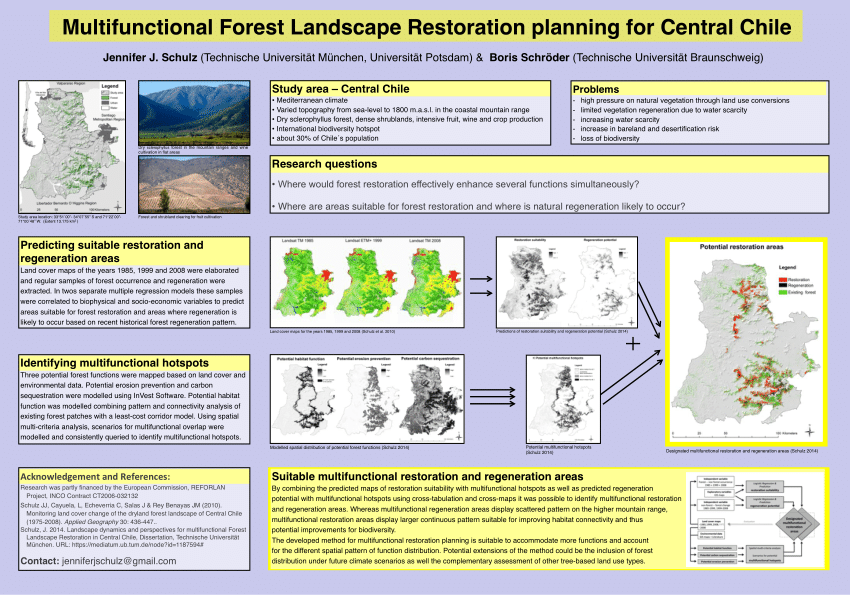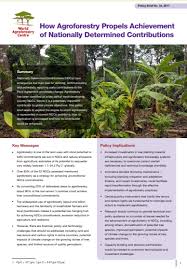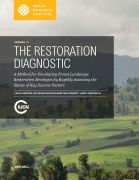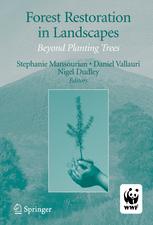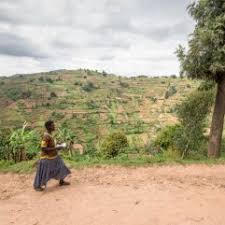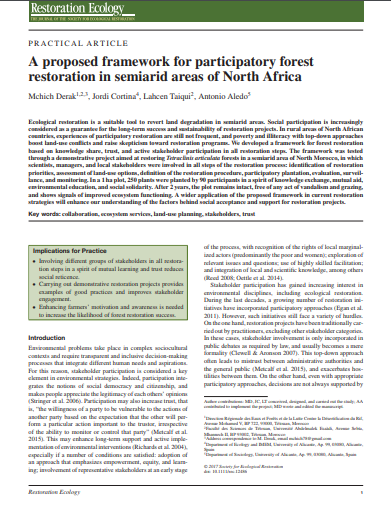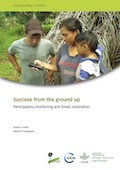Ten principles for a landscape approach to reconciling agriculture, conservation, and other competing land uses
"Landscape approaches" seek to provide tools and concepts for allocating and managing land to achieve social, economic, and environmental objectives in areas where agriculture, mining, and other productive land uses compete with environmental and biodiversity goals. Here we synthesize the current consensus on landscape approaches. This is based on published literature and a consensus-building process to define good practice and is validated by a survey of practitioners.


